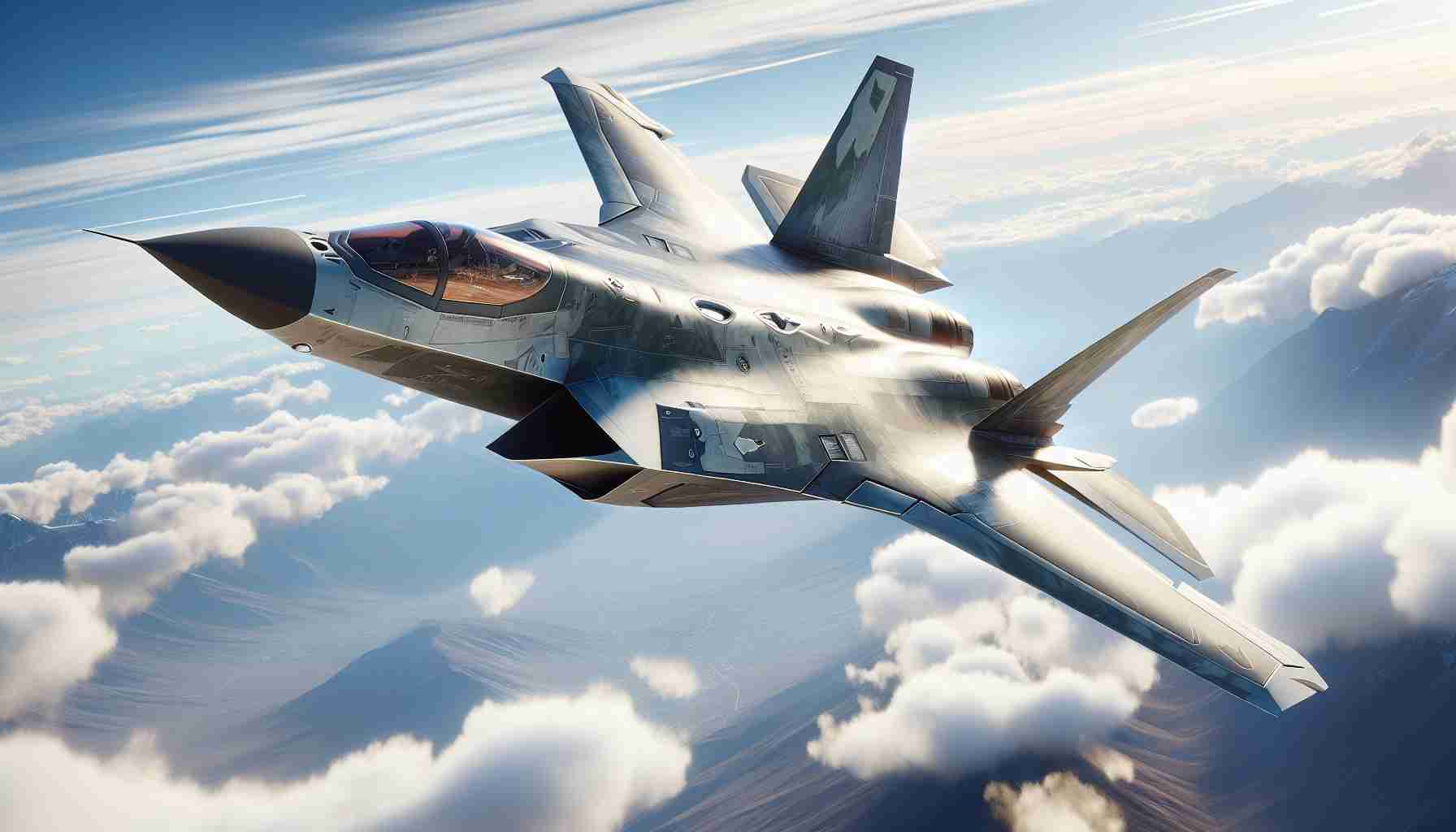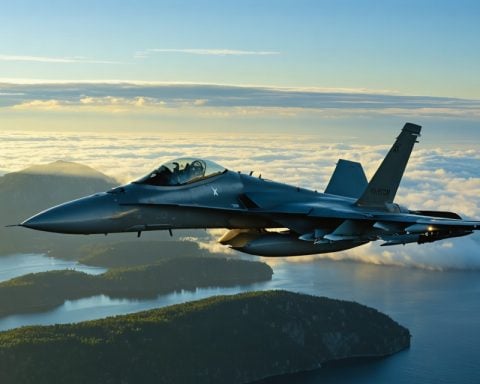The JAS 39 Gripen, developed by Sweden’s Saab, is not just any fighter jet—it’s a strategic masterpiece of affordability and versatility. Designed to tackle Sweden’s unique defense requirements, it boasts operational efficiency that has captivated global markets.
Fighting on the Global Stage
Since its debut in the late 20th century, the JAS 39 Gripen has become an invaluable asset for nations seeking top-notch defense on a budget. While primarily tailored for Sweden, its adaptability allowed countries like Brazil, Hungary, the Czech Republic, South Africa, and Thailand to incorporate it into their arsenals, showing its universal appeal.
Evolution of Power
The modernized Gripen E/F version takes this aircraft to new heights, featuring enhanced engines and state-of-the-art electronic warfare systems. These enhancements arm the jet with the versatility needed to meet new threats. Yet, emerging stealth technologies present ongoing challenges as air combat shifts towards stealth and networked defense.
The Road Ahead
With the progression of military technology, Sweden is exploring future options, such as engaging with 6th-generation fighter programs like Tempest and FCAS, or pioneering their indigenous stealth aircraft via the Flygsystem 2020 initiative. While the Gripen stands as a versatile defender, its legacy may soon face competition from the latest advancements.
The JAS 39 Gripen, still revered worldwide for its efficiency, now stands at a crossroads, where the next chapter in aviation could define its enduring legacy in modern warfare.
The JAS 39 Gripen: A Contemporary Marvel Facing Future Challenges
The JAS 39 Gripen by Saab has long been celebrated for its affordability and adaptability on the global stage. Yet, new developments are reshaping the landscape of modern aviation, pushing this illustrious fighter jet to innovate further to maintain its competitive edge.
Key Features and Innovations
The Gripen E/F variant represents a significant evolution from its predecessors. It boasts several technological enhancements:
– Advanced Avionics: The new iteration is equipped with sophisticated avionics systems, ensuring it remains effective against advanced threats.
– Electronic Warfare Capabilities: With cutting-edge electronic warfare systems, the Gripen remains formidable in unpredictable combat scenarios.
– Enhanced Engine Performance: The E/F versions feature more powerful engines, providing improved thrust and efficiency, making them more versatile in different combat situations.
Pros and Cons of the Gripen Program
Pros
– Cost-Effective Solution: The Gripen remains one of the most affordable options on the market for countries needing robust air defense.
– Adaptability: Its ability to operate in various environments makes it a versatile choice for multiple nations.
– International Support and Maintenance: Collaboration with various air forces strengthens its support network globally.
Cons
– Emerging Stealth Technologies: Despite its strengths, the Gripen faces challenges from evolving stealth technologies and newer generation aircraft.
– Future Uncertainties: With potential participation in programs like Tempest and FCAS, its future role might overshadow its current offerings.
Market Trends and Insights
Recent market analysis indicates a gradual shift towards 5th and 6th generation fighters, emphasizing stealth, data networks, and integrated systems. However, this hasn’t diminished the demand for the Gripen, which remains a cost-effective solution for many countries. As innovation continues, the Gripen’s balance between price and performance remains a strong selling point.
Comparisons with Emerging Competitors
In the face of newer platforms like the Lockheed Martin F-35 and the Eurofighter Typhoon, the Gripen holds its ground with its affordability and suite of capabilities. However, as these competitors advance in stealth and networking, Saab may continue to evolve the Gripen to stay relevant.
Sustainability and Future Predictions
As aviation technology progresses, sustainable practices and development become critical. Saab’s commitment to environmental responsibility in its manufacturing processes showcases a forward-thinking approach. The company’s engagement in initiatives such as Flygsystem 2020 highlights its endeavor to build eco-friendly, next-gen aircraft that could define the future.
In conclusion, while the JAS 39 Gripen remains a globally revered combat aircraft, embracing and integrating emerging technologies and sustainable practices will be pivotal for its sustained success. To stay updated with Saab’s latest developments and offerings, visit their official website Saab.







